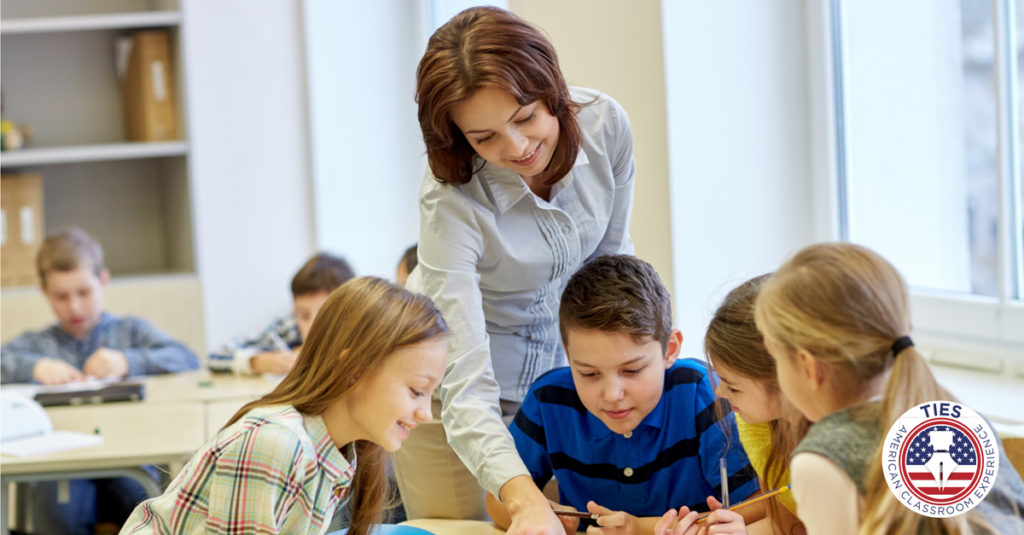
January 25, 2017
The Differentiated Classroom in the US Educational System
One popular teaching concept within the U.S. educational system is known as the “differentiated classroom.” Differentiated instruction is possible when teachers recognize that students in their classroom often have a variety of background knowledge, experiences, interests and readiness – even if these students are the exact same age.
There are many different ways that teachers in the U.S. can embrace the differentiated classroom. At the core of each different approach is the recognition that any teacher only has a finite amount of time and resources that can be spent on any lesson. As a result, it’s up to the teacher to optimize time and resources in a way that can result in the best overall educational experience for as many students as possible. Here are several ways to create a differentiated classroom:
#1: Divide the classroom into groups
By segmenting a classroom of 15-25 students into smaller groups, teachers can ensure that the most advanced learners are learning as much as possible, while the least advanced learners are also learning at their highest capabilities. Thus, a classroom of 25 students might be divided into five different groups of five learners, with each group representing a specific level of academic achievement. Harder or more challenging tasks can then be given to certain groups.
#2: Assign different types of homework
Another common approach is to assign more difficult and challenging homework to the students with the most knowledge or the deepest experience. This ensures that students do not get bored and feel that the pace of instruction has slowed down to accommodate the slowest learners. For example, as part of a take-home reading assignment, some students might be given additional, “optional” reading. Or, as part of a lesson on spelling, different groups of students may be given different groups of words to learn for the next day, depending on their ability level.
#3: Flip the classroom
In the traditional classroom, a teacher lectures during the day and assigns homework for the evening. In the flipped classroom, a teacher goes over homework with students during the day and provides lecture notes or video content for students to watch at night. This ensures that a teacher can go from student to student, or from group to group, during the day and answer any questions that a student might have. Thus, a teacher might spend time working with students on problem-solving skills, or on understanding certain concepts that have not yet been mastered.
These three approaches can be remarkably effective in creating a nurturing and caring classroom, in which all students can receive the full attention of the teacher. The fundamental insight here is that there will always be a range of talents, skills and experiences within any classroom, so it’s up to the teacher to understand how to best balance these to ensure the optimal range of outcomes for all students. As a result, teachers always need to be able to react appropriately, changing their method of instruction depending on the students in the classroom.
